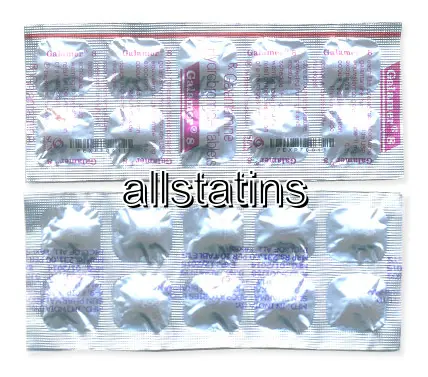| Package | Dosage | Price | Price per Dose | |
|---|---|---|---|---|
| Dosage: 4mg | ||||
| 90 Pill | 4mg | AUD611.59 | AUD6.78 | |
| 60 Pill | 4mg | AUD424.64 | AUD7.08 | |
| 30 Pill | 4mg | AUD221.65 | AUD7.40 | |
| Dosage: 8mg | ||||
| 90 pill | 8mg | AUD1,332.72 | AUD14.80 | |
| 60 pill | 8mg | AUD924.08 | AUD15.38 | |
| 30 pill | 8mg | AUD534.14 | AUD17.79 | |

Galantamine Description
Overview of Galantamine
Galantamine is a natural compound primarily used in the treatment of cognitive decline associated with conditions like Alzheimer's disease. It belongs to a class of medications known as acetylcholinesterase inhibitors. By preventing the breakdown of acetylcholine, a vital neurotransmitter in the brain, galantamine helps improve communication between nerve cells, potentially enhancing memory and thinking skills. It is derived from plants such as snowdrops and daffodils, which have been used in traditional medicine for centuries. As a prescription medication, galantamine is available in various formulations, offering flexibility for different patient needs.
How Galantamine Works
The primary action of galantamine is to inhibit the enzyme acetylcholinesterase. This enzyme's role is to break down acetylcholine, a chemical messenger essential for learning and memory processes. When galantamine inhibits this enzyme, acetylcholine levels increase in the brain. Higher levels of this neurotransmitter can improve neural communication, which may slow cognitive decline in patients with neurodegenerative diseases. Additionally, some studies suggest that galantamine may modulate nicotinic receptors, further supporting its role in cognitive enhancement. However, its effectiveness varies among individuals, and it is not a cure but rather a way to manage symptoms.
Usage and Dosage
Galantamine is usually prescribed in the form of tablets or capsules, with dosage tailored to the patient’s condition and response. Typical starting doses are low to minimize side effects, gradually increasing based on tolerability. It is important to follow the healthcare provider's instructions carefully. Patients are generally advised to take galantamine with food to reduce gastrointestinal discomfort. Consistency in dosing is essential for optimal benefits. Regular medical follow-up is necessary to monitor progress and adjust dosage if needed. In some cases, the medication may be combined with other drugs used to treat cognitive impairment.
Potential Benefits
Many users report that galantamine helps improve memory, enhance alertness, and support daily functioning in individuals experiencing mild to moderate cognitive decline. Its ability to boost cholinergic activity can translate into better communication between neurons, making daily tasks less challenging. Some caregivers and patients notice a slow progression of symptoms, although results can differ widely. While not a cure, galantamine offers a valuable option for managing early-stage dementia symptoms, potentially improving quality of life and independence for some individuals.
Possible Side Effects and Precautions
Like all medications, galantamine can cause side effects. The most common include nausea, vomiting, diarrhea, dizziness, and sleep disturbances. Gastrointestinal issues are particularly frequent at the start of treatment and often improve over time. Some individuals may experience muscle weakness or heart rhythm changes, so regular monitoring is recommended, especially in those with existing health conditions. Patients with liver or kidney problems, cardiovascular disease, or respiratory issues should consult their doctor before starting galantamine. It’s essential to report any unusual symptoms promptly. Pregnant or breastfeeding women should seek medical advice before use.
Conclusion
Galantamine remains a noteworthy medication in the management of cognitive decline associated with dementia. Its mechanism of increasing acetylcholine levels offers benefits in improving memory and mental clarity. When used responsibly under medical supervision, it can enhance the quality of life for many patients. However, individual responses can vary, and potential side effects must be considered. Proper dosing, regular monitoring, and open communication with healthcare providers are key to maximizing its benefits while minimizing risks. As research continues, galantamine’s role in neurodegenerative therapy continues to be refined, offering hope for those facing cognitive challenges.
